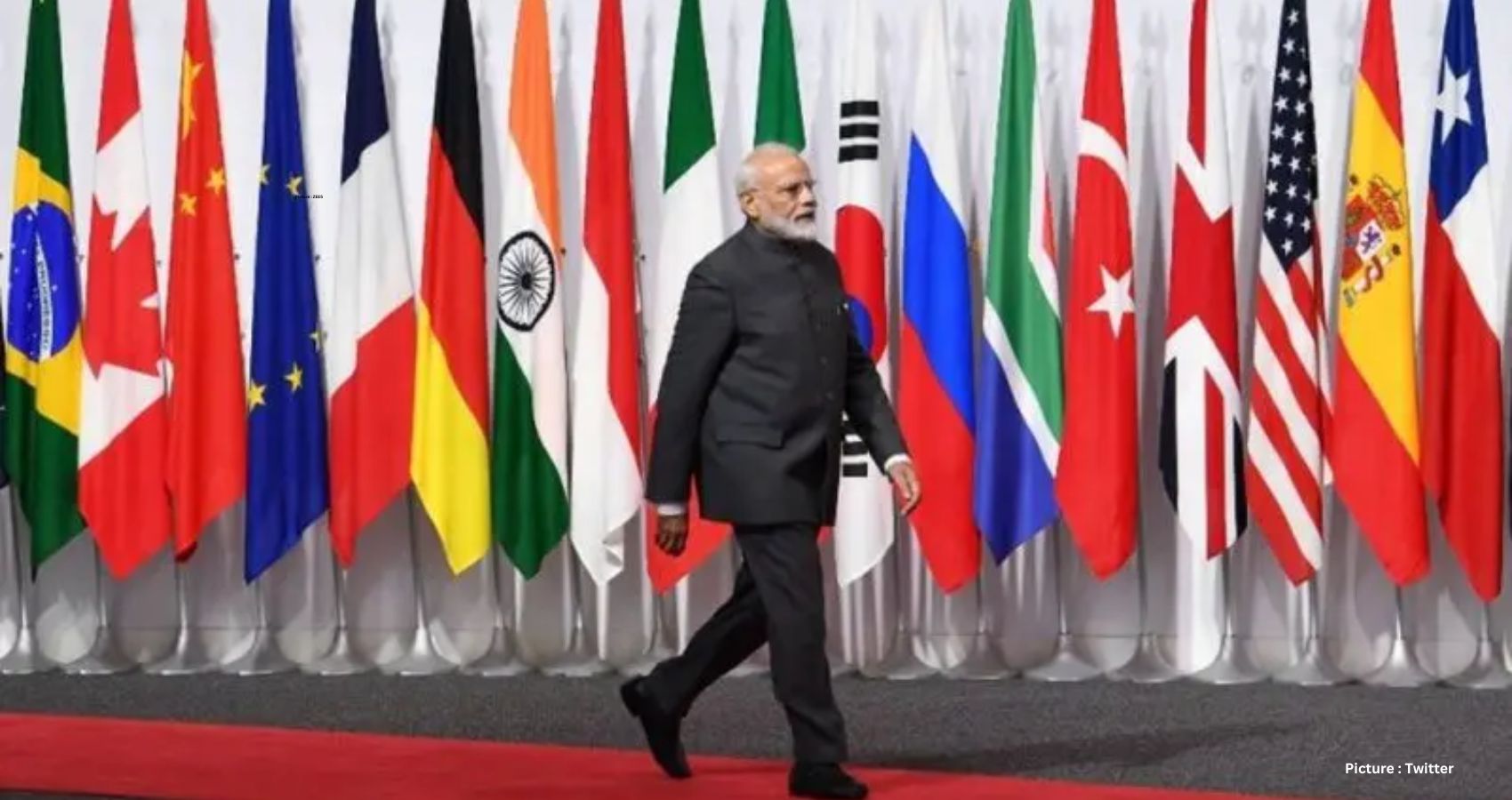In a noteworthy move, BRICS member India successfully persuaded 22 countries to adopt the Rupee for international trade, shifting away from the dominance of the US dollar. The nations involved, primarily from Asia, Africa, Latin America, and the global south, willingly signed an agreement to conduct a portion of their trade using the Rupee, bypassing the US dollar. In an effort to facilitate smoother transactions, India also established special Vostro bank accounts for these countries to settle payments in their local currency.
However, India’s ambitious plan has encountered unexpected challenges, with a majority of the 22 nations now expressing reluctance to maintain the Rupee as part of their currency reserves. The primary reason behind this hesitation is the depreciation of the Rupee against the US dollar, rendering it less appealing for countries to hoard in reserves. Consequently, the global demand for the Rupee has weakened, undermining India’s efforts to sideline the US dollar.
The default currencies for international transactions have reverted to the more established options of the US dollar, Euro, Pound, Chinese Yuan, Japanese Yen, or UAE’s Dirhams. The Rupee, unfortunately, has not found a place at this table, making the original goal of moving away from the US dollar seem increasingly impractical.
India faced an unexpected setback from within the BRICS alliance itself, as Russia, one of its counterparts, put a pause on oil trade due to non-receipt of payments in the Chinese Yuan. Russia firmly stated its preference for accepting payments in part through the US dollar and the Chinese Yuan, explicitly excluding the Rupee for settlement. This stance has resulted in a significant delay in a substantial shipment of Russian Sokol crude oil to the Indian Oil Corp (IOC) due to currency-related payment issues.
The Indian government, despite this setback, has shown little interest in utilizing the Chinese Yuan for payments and has instead advised the IOC to opt for Dirhams. However, Russia, as a fellow BRICS member, remains steadfast in its position, urging India to make partial payments in either the US dollar or the Chinese Yuan.
This development has had a tangible impact on crude oil shipments, with transactions coming to a standstill. An unnamed source conveyed to the Economic Times, “The supplier has an intent to deliver crude oil. Hopefully, a solution will be found soon.”
It is crucial to maintain the essence and key information while presenting it in a rephrased manner. By adhering to this principle, the essence of the article has been preserved, highlighting India’s struggle to promote the Rupee in international trade and the unforeseen challenges faced in the BRICS alliance, particularly with Russia’s reluctance to accept the Rupee for settlement in the oil trade.











